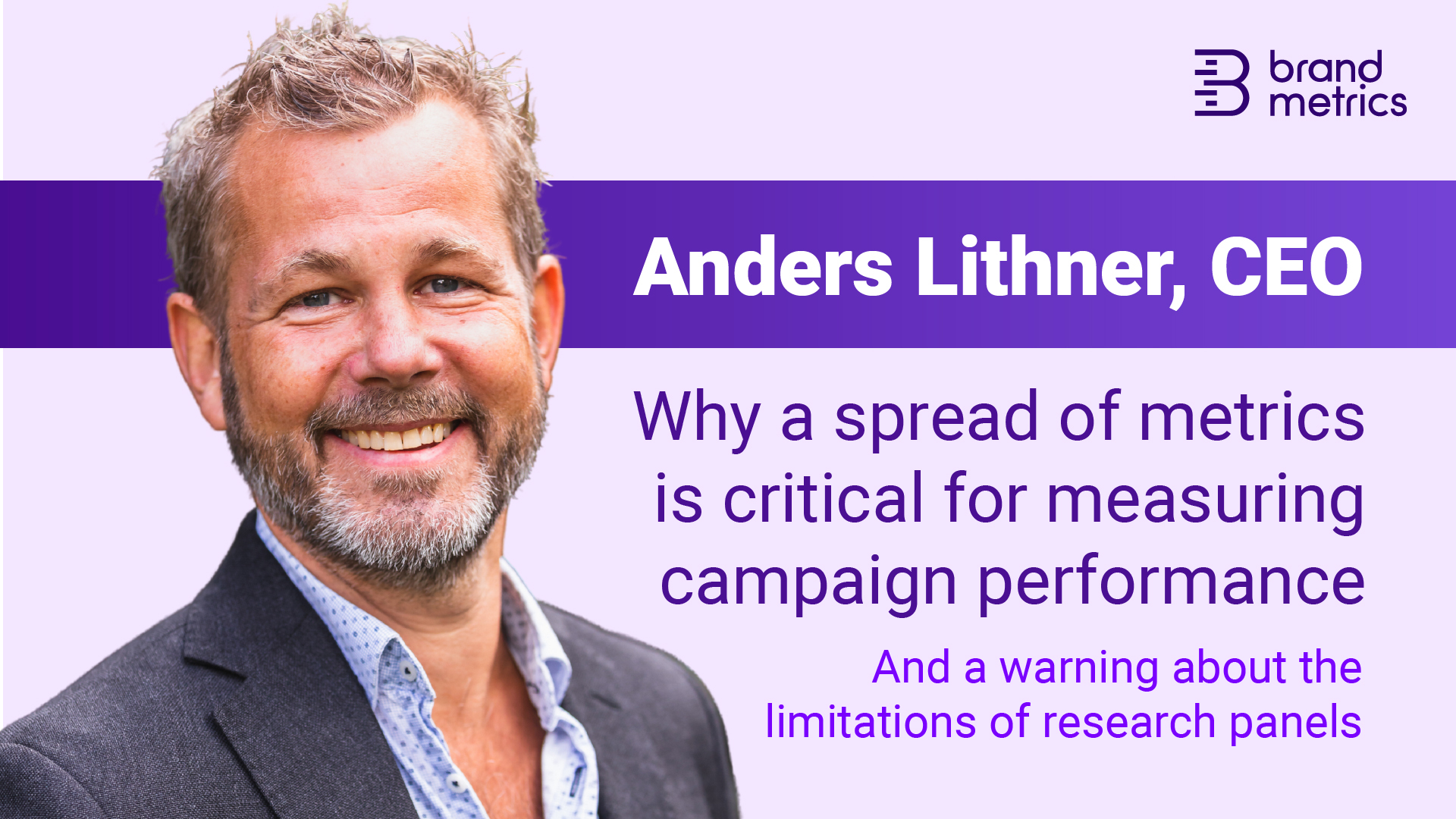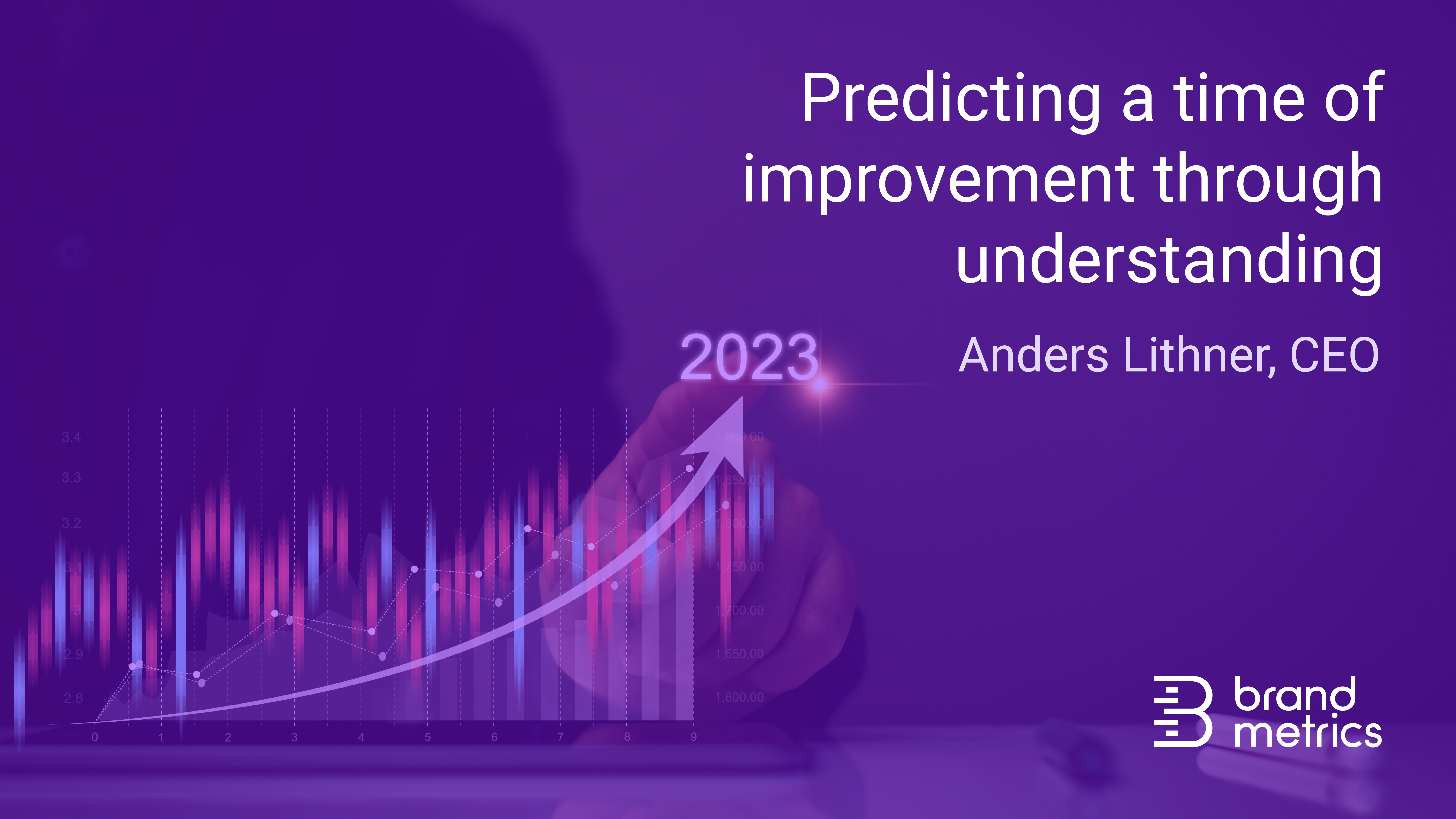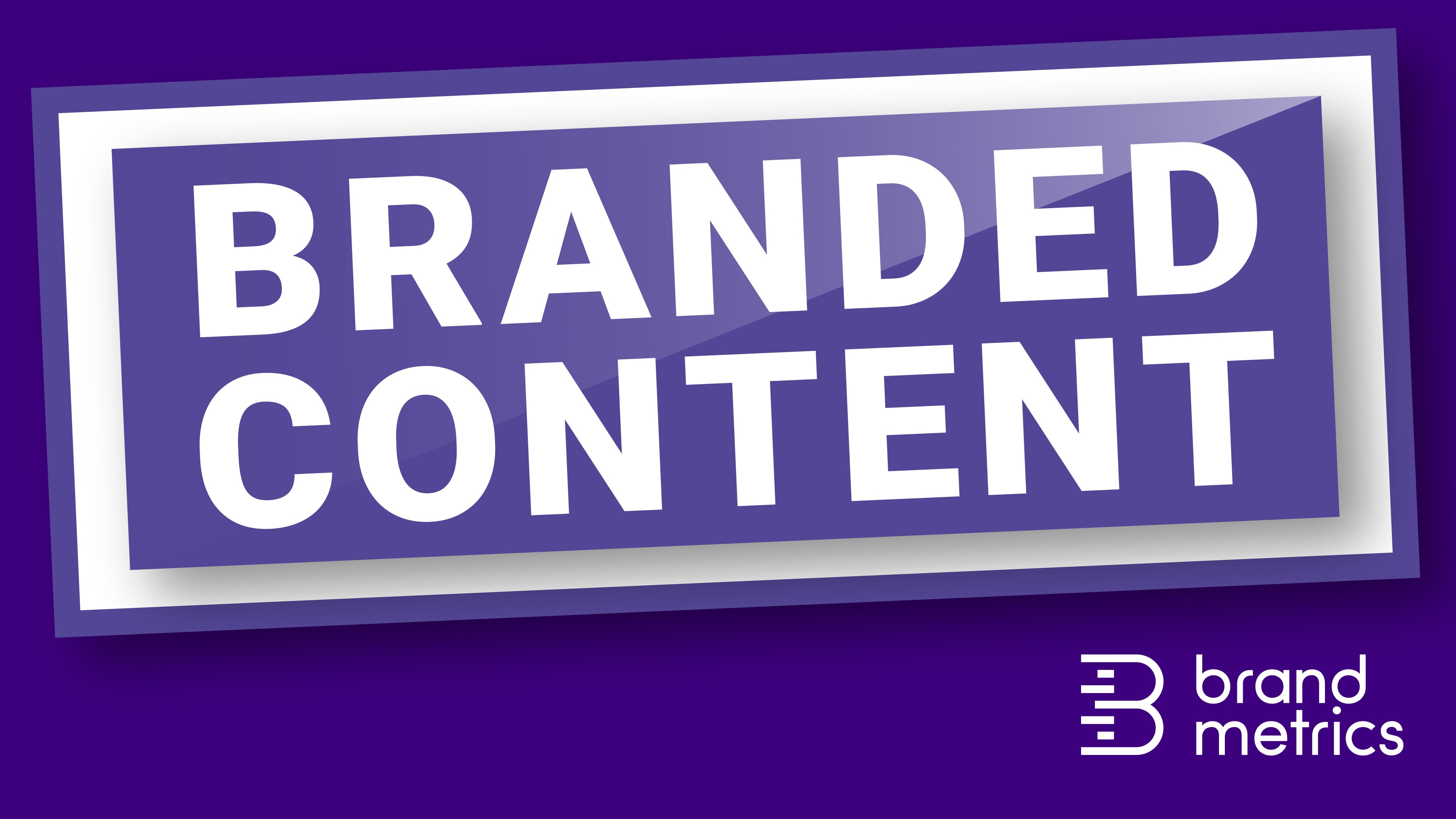Spoiler Alert – mobile works and you can prove it

Blessed with enormous reach and engagement, mobile is nonetheless characterised as a performance channel and misses out on branding budgets due to perceptions of its immeasurability. But what if mobile activity could be measured for awareness, consideration, preference and intent, like any other brand channel? Spoiler: it can, and Brand Metrics client director Anette Hallgren explains the difference mobile measurement can make to brands’ channel choices.
Mobile isn’t generally regarded as a branding channel, but you believe it should be, is that right?
Mobile is the perfect environment for brands, but I think the perceptions of mobile as an advertising channel don’t quite reflect the way people are actually using their phones. Rationally, we all know that mobile is the main way many of us consume online content – more or less neck and neck with desktop overall, and stealing share all the time. It gets to the younger demographics like nothing else, and unlike a lot of desktop computers, it is a personal device, so its impact on a given user is very unambiguous. However, all of that hasn’t yet quite translated to brand investment in the channel, and as a result brands still view mobile mainly as a performance channel.
What factors are preventing brands from making a bigger push into mobile for branding?
The psychological stumbling block is measurement. Advertisers need to have faith in a channel before they commit budget to it, and measurement is one of the pillars of that faith. At the moment, there’s a general belief among many advertisers that it is not possible to measure brand metrics in mobile. That’s not accurate, but it is true that third-party cookies haven’t translated to the mobile environment. For publishers to measure brand uplift in a mobile environment and provide advertisers with critical insights into campaign performance, they just need to select different methods.
So, if the audiences and the engagement are there, what are the relevant metrics?
They are the classic brand metrics: awareness, consideration, preference and intent, which add up to the currency brands need to gauge the value of brand activity. Obviously performance metrics have always been available in mobile, but click-through rates are irrelevant to brand advertisers. They want numbers that not only prove that their campaigns are building strong brand values, but that also allow you to compare that activity against other channels. Unless you have those figures, the ones they need, you will quite simply struggle to make mobile appeal to brands.
Presumably if brands don’t measure mobile in the same way they measure desktop, they are missing out on vital parts of the picture?
Yes, and it’s worth saying that in the case of a system like ours, which is a very widely used software solution for publishers that allows them to measure campaigns, formats, creatives and audience segments, virtually all of our clients measure across desktop and mobile – they don’t make any distinction. They just measure desktop and mobile at the same time, in the same way.
But a unified approach to measurement delivers many benefits to advertisers in parallel: they can measure cross-channel activity, make more informed channel investment choices and maximise effectiveness of their future planning. It is not just about measuring mobile in isolation as a branding channel, but about acknowledging that today’s marketing strategies are multi-channel, and if you haven’t mastered the measurement of the mobile part, you lose a lot of that value.
What are the implications of better mobile measurement for the broader channel mix?
Measurement is genuinely changing the nature of mobile advertising and repositioning it as a top-of-funnel brand-building medium. If you join up the brand-lift metrics advertisers need with the audience, reach and engagement mobile gives you, mobile instantly becomes a highly attractive premium channel, and I think most advertisers will recognise that as something pretty indispensable.
Check out Anette’s Q&A also published on New Digital Age











